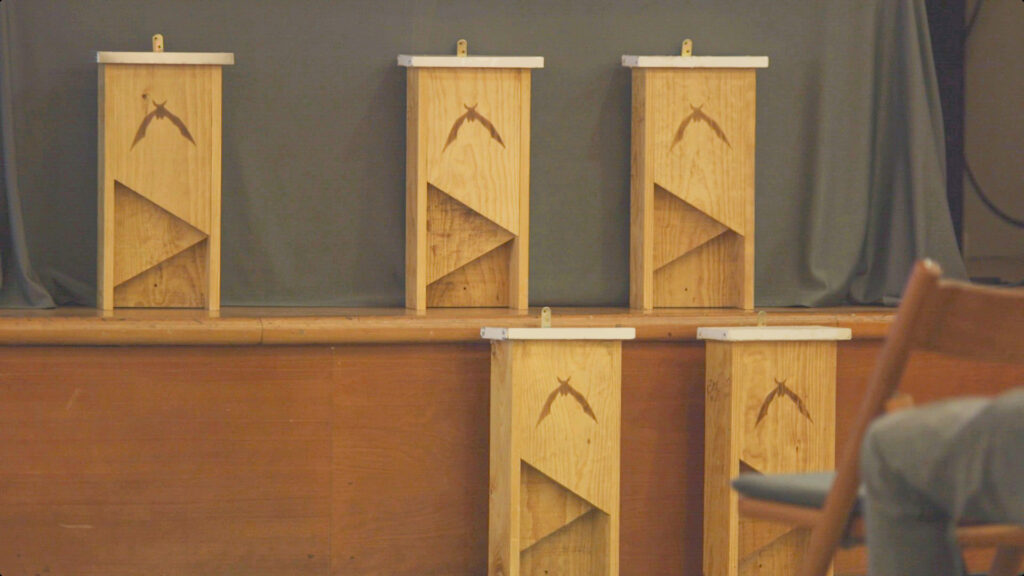Pheromones and bats to combat the grape moth
Demo event - Vineyard - FEUGA (Spain)
The use of pheromone diffusers and the presence of bats are shown to be sustainable alternatives and biological control methods against Lobesia botrana, popularly known as grapevine moth, an insect that favours botrytis damage in vineyards.
FEUGA organised the second demonstration event entitled “Pheromones and bats to combat the grape moth”. The event counted with the collaboration of Bodegas Martín Códax and Enguera Bodegas, which already benefit from the conservation of bats in their vineyards to control the grapevine codling moth, with the help of the University of Valencia.
The use of these mating disruption methods is shown to be a sustainable alternative to avoid grape moth damage to vineyards, without such a high impact on biodiversity as the use of insecticides. With this system, the reproduction of the moth is avoided. Pheromone diffusers look for sexual confusion so that a cloud of pheromones is generated that makes it difficult for the male to find the female to fertilize her. In plots with sexual confusion between 2 to 3 treatments with insecticides are avoided.
One of the factors that most determines the success of the use of pheromone diffusers is that a large area of the vineyard can be covered with this method, to prevent insects from having areas that are not covered and being able to fertilize. For the use of diffusers to be successful, they must be used in a minimum area of at least 4 hectares.
The larger the area, the better the results, especially in the central part. The edges are always more exposed and these are the vineyards where more control is needed and some complementary and occasional insecticide treatment may have to be carried out.


The placement of the pheromone diffusers will depend on the manufacturers’ own instructions as well as on the pest pressure. Thus, although with variations for these reasons, around 350 diffusers are placed per hectare. Alternatively, another solution automated aerosol sprayer which requires only 4.
One of the tools to increase bat colonies discussed during the demo event is the installation of shelters that help bats to settle in the area. The installation of shelter boxes to favour the presence of bats in vineyards, as they are voracious eaters of insects, including the grape moth was also discussed. Bats are a very voracious species, ingesting 80-100% of their body weight each night, and capable of preying on more than 1,000 insects in an hour.
INSTALLATION INSTRUCTIONS
This model of nest box has proven to be one of the most effective in promoting the conservation of bats throughout Europe. However, it is essential that the nest box is placed in a good location otherwise it will never be occupied.
SUPPORTS
Facade or wall, tree or post. The most important thing is that the nesting box is easily seen and there are no obstacles such as branches or walls to hinder entry.
1. The nest box should not be placed on a west-facing façade (for warm climate zones) as bats could die from overheating of the box on hot days.
2. If the nest box is placed in a tree, it is essential to avoid wooded areas. It is preferable to look for the edges of pine forests or solitary trees.
ORIENTATIONS
For the climatic conditions of Galicia, the best orientation to favour occupation is south-facing. If this is not possible, it can be oriented East. North orientation should always be avoided.
HEIGHT
The minimum height for placement is 4 metres, the optimum range being between 4 and 8 metres. Nest boxes may be occupied at the height of slightly more than 2 m, but the occupancy is higher when the nest box is placed in the indicated range.
See more on the youtube video produced by FEUGA